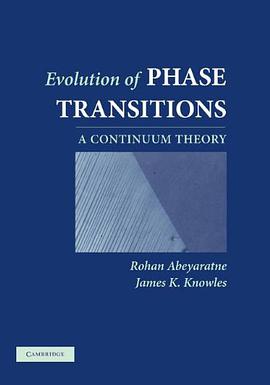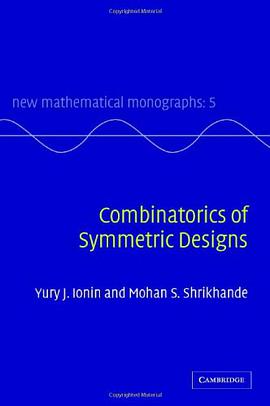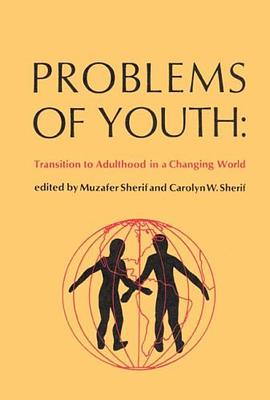

具体描述
Samples used in social and commercial surveys, especially of the general population, are usually less random (often by design) than many people using them realise. Unless it is understood, this 'non-randomness' can compromise the conclusions drawn from the data. This book introduces the challenges posed by less-than-perfect samples, giving background knowledge and practical guidance for those who have to deal with them. It explains why samples are, and sometimes should be, non-random in the first place; how to assess the degree of non-randomness; when correction by weighting is appropriate and how to apply it; and how the statistical treatment of these samples must be adapted. Extended data examples show the techniques at work. This is a book for practising researchers. It is a reference for the methods and formulae needed to deal with commonly encountered situations and, above all, a source of realistic and implementable solutions.
作者简介
目录信息
读后感
评分
评分
评分
评分
用户评价
相关图书
本站所有内容均为互联网搜索引擎提供的公开搜索信息,本站不存储任何数据与内容,任何内容与数据均与本站无关,如有需要请联系相关搜索引擎包括但不限于百度,google,bing,sogou 等
© 2026 book.wenda123.org All Rights Reserved. 图书目录大全 版权所有




















